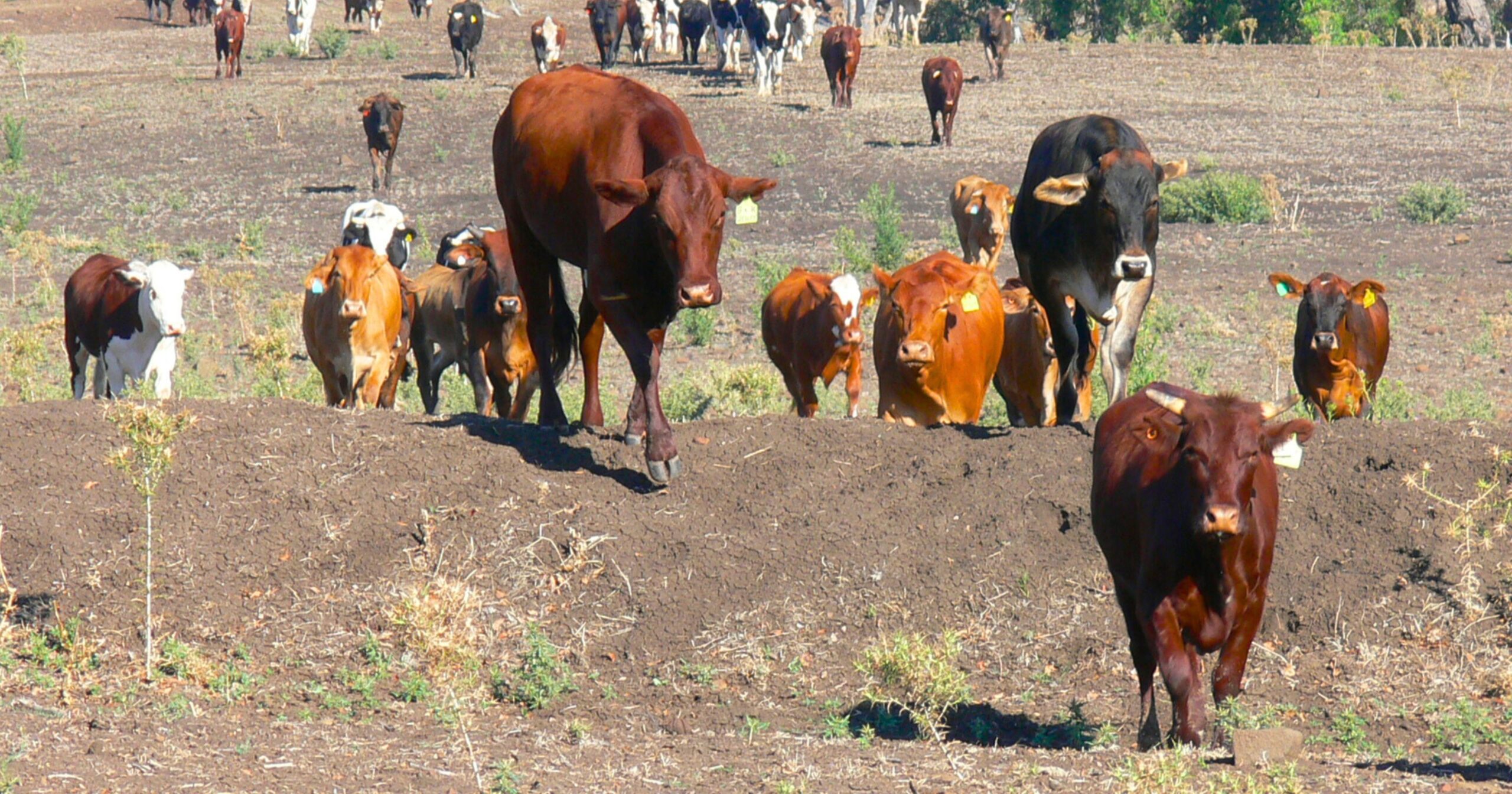Dragon delays developments

Developer’s nightmare: The Victorian grassland earless dragon has stalled the construction of more than 300,000 homes across the state, including at sites in the Bacchus Marsh area. Photo: NICK CLEMANN/ ZOOS VICTORIA
A REDISCOVERED lizard species has caused delays in the building of hundreds of homes in Moorabool, and thousands across western Victoria.
The Victorian grassland earless dragon, which was believed to be extinct for over 50 years, was rediscovered by Melbourne Zoo staff last June, and has since been listed as critically endangered.
In a statement last year, the Department of Climate Change, Energy, the Environment and Water called the Victorian grassland earless dragon “the most at risk of all lizard and snake species in Australia.”
Geoscience Australia has identified its potential habitat as spanning from Sunbury, through Bacchus Marsh, and as far as the Bellarine Peninsula.
That means any development in that area must be checked to make sure there are no grassland earless dragons living there, before they can go ahead.
That includes three planned development areas near Bacchus Marsh: the Parwan Precinct, Merrimu Precinct, and Parwan Employment Precinct.
In a statement, the Victorian Planning Authority said that these three precincts had been identified as “likely having habitat that would support the VGED”.
“This means that we will not be able to progress the preparation of a place-based plan for the precincts until the surveys have been undertaken, and any conservation response has been determined,” the VPA’s statement said.
“The VPA is working closely with the Department of Energy, Environment and Climate Action to understand how the surveys to identify potential populations of VGED will be carried out.
“These surveys will need to be undertaken to collect more information on the species and its habitat to inform precinct structure plans, projects and potential conservation measures.”
Across the state, the presence of the critically endangered species has halted development of 310,000 homes.
No timeline has yet been provided for when the surveys will be completed, nor when the developments will be allowed to go ahead.


















